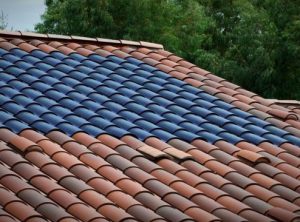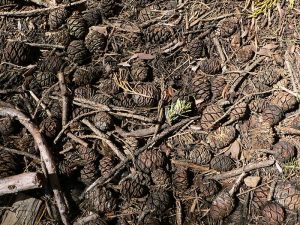The Materials and Biomaterials Science and Engineering graduate group at UC Merced conducts materials science research in three areas of emphasis: Materials for Sustainability, Materials for Biomedicine, and Materials and Interfaces for Tailored Functionalities. Under the Materials for Sustainability emphasis, two faculty members are pursuing material advances for the building industry.

Professor and Chair Sarah Kurtz, PhD, joined the engineering faculty at UC Merced in 2017, after 32 years at the National Center for Photovoltaics, a part of the National Renewable Energy Lab in Golden, Colorado. Her research there moved from solar cell development to reliability studies—an essential component of the National Lab’s mission to transform scientific discoveries into useful applications. In the process of determining the direction of future research on photovoltaics, Dr. Kurtz looked at the prospects for building-integrated photovoltaics (BIPVs)—solar surfaces—as distinguished from building-applied photovoltaics (BAPVs), the panels mounted on the roof that we’re accustomed to. Her paper, “Solar surfaces: A bad idea or tomorrow’s mainstream application?” reviews the challenges that, to date, have impeded the widespread use of BIPVs and charts the changes in technology and the marketplace that may lessen those challenges.






